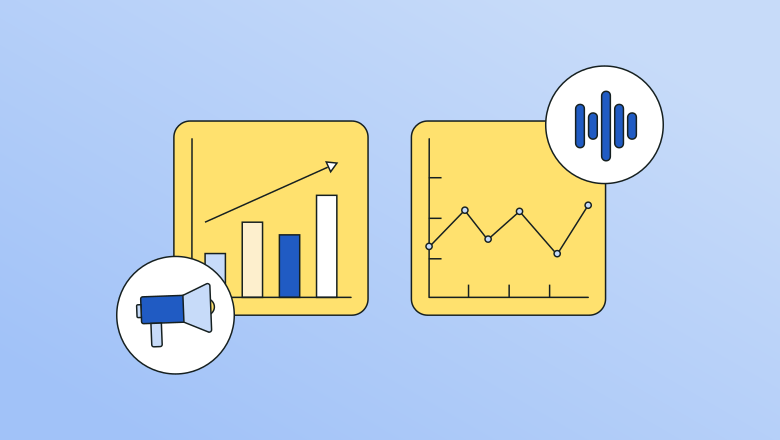Instagram’s making a play to become more business friendly, just in case you were worried it wasn’t already. How so? Full disclosure.
Yep, the word of the week for Insta is “transparency.” They’re slowly rolling out a new branded content tool that will let the 700 million plus community know when their favorite influencers are being paid to mention a little something in their organic posts.
How’s this better for your business? For starters, transparency is key in marketing to millennials, and most other generations. Audiences don’t like to feel like they’re being sold something. They want the truth. And, they want to support businesses that people they follow can vouch for.
The branded content tool is a “Paid partnership with” tag that appears at the top of a photo (the same way a Sponsored post tag appears). For the followers who want to know everything, this tag is a way for influencers to quickly and clearly communicate that they’re partnered with a business.
Businesses have, without a doubt, seen success from partnering with influencers. But, the success of an influencer marketing campaign is often hard to quantify. The “Paid partnership tag” is here to tackle that problem, too. Here’s the rundown on how it works.
Influencer Marketing and The Branded Content Tool
The problem with influencer marketing has been that it’s pretty tricky to measure. Businesses know it’s working as far as reaching a larger audience, but can’t tell exactly how much.
Well, this branded content tool allows both the influencer and tagged business access to insights on these kinds of posts. So now, when partnering with an influencer, once tagged as a paid partner using the new tool, you will be able to view shared reach and engagement metrics in your Facebook Page Insights.
Instagram has allowed influencers to basically do whatever they want in regards to advertising on the platform, choosing from hashtags like #ad or #spon to give their followers a heads up that they were getting paid. And, while there was no legal push for Insta to start doing things a little differently, the community called for transparency. So, they delivered.
Though it sounds relatively straight forward, Instagram’s creative program director, Charles Porch, said that there’s a lot more to this new tool than meets the eye, and they want to make sure they put out a product that benefits the community, and business partnerships alike.
Because of that, the branded content tool is only available to select businesses and influencers at the moment, but should be rolling out to everyone within the next couple of months. So, while you’re sticking to #ad for now, keep an eye out for the “Paid partnership with” tag.
Optimize Branded Content Campaigns with Performance Data
When you have performance data for your branded content campaigns, you can use those insights to optimize for better results moving forward. Here are some tips on putting that data into action:
- Tailor Content for Top Performing Platforms and Audiences
- Modify Content Length and Navigation Based on Drop-Off Rate
- Craft Click-Worthy CTAs Based on Click-Through Rate
- Add Interactive Elements to Boost Dwell Time
- Adjust Tone and Messaging Based on Sentiment Analysis
- Connect Behaviors to Content with UTMs for Each Platform
Broaden Your Measurement Framework Beyond Vanity Metrics
While reach and engagement provide a baseline, here are additional metrics that can give you a more comprehensive view:
- Click-Through Rate for Conversions
- Conversion Rate for Bottom Line Impact
- Loyalty Metrics for Audience Retention
- Sentiment Analysis for Emotional Response
- Brand Lift Surveys for Brand Impact
- Tab Focus Time for Attention
- Dwell Time for Engagement
- Click Depth for Session Quality

Connect the Data Dots Across Channels
Taking a cross-channel approach requires connecting metrics across social, web, and ads. Here are some tips:
- Track Social Content Clicks with UTMs
- Match Website Visits to Social with Pixels
- Map Full Conversion Funnels Across Platforms
- Track Social Ad Conversions with APIs
- Compile into Unified Dashboard
- Evaluate Holistic Metrics Like LTV
- Attribute Conversions Across Touchpoints
Frequently Asked Questions
Measuring branded content performance provides insights into what is resonating with your target audience. Having data-backed metrics allows you to optimize content to improve engagement, clicks, conversions, and other key outcomes. It enables you to allocate budget and resources efficiently towards high-performing branded content.
Important metrics to track include: Impressions, Reach, Engagement Rate, Click-Through Rate, Conversion Rate, Loyalty/Retention, Sentiment, Dwell Time, Attention Metrics, Brand Lift, and ROI. Going beyond vanity metrics provides a more holistic view.
Use UTMs, tracking pixels, conversion APIs, and unified dashboards to connect data across social platforms. This allows you to map the user journey and attribute conversions more accurately.
Besides the native analytics within social platforms, Google Analytics, Sprout Social, Rival IQ, TapInfluence, and other third-party tools can provide additional insights. Tagging links and incorporating tracking pixels also helps connect data.
It’s best practice to monitor key metrics on an ongoing basis through real-time dashboards. Schedule deeper analysis such as sentiment tracking or conversion attribution on a quarterly basis to spot trends and optimize regularly.
Use insights to tailor content, modify engagement strategies per platform, craft compelling CTAs, adjust messaging tone, and optimize for your best-performing audience segments. Testing and iteration will help improve performance.







